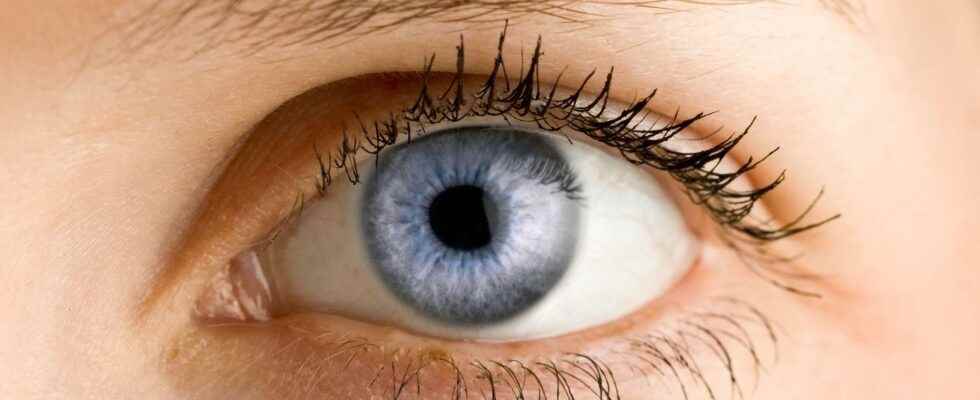Are you hesitating between the profession of physiotherapist and that of ophthalmologist? What if you discovered the profession of orthoptist? Responsible for re-educating the muscles of the eyes in order to improve or correct vision disorders, the orthoptist has everything to help you.
Specialist in eye rehabilitation, the orthoptist takes care of visual failures in infants as well as in the elderly. Thanks to an assessment, he will be able to precisely detect the eye disorder from which the patient suffers and define appropriate rehabilitation sessions through various exercises. He will also be in charge of checking the visual acuity of his patient by carrying out a whole series of examinations: analysis of the fundus of the eye, measurement of the thickness of the cornea, the internal pressure of the eye… Thanks to all these tests, the orthoptist will be able to define the power of the ocular disorder and advise his patient in order to correct it. This is valid as well for a simple eye strain as to correct a strabismus, or to improve a visual disturbance due to trauma, an accident or surgery. Thanks to the rehabilitation of eye muscles, the wearing of glasses may be avoided for some patients. The orthoptist is generally consulted at the request of an ophthalmologist but also of a neurologist or an ENT specialist. A minimum of ten sessions are generally necessary to observe an improvement in the eye disorder.
The main skills and qualities to have
The profession of orthoptist obviously requires technical skills but also human qualities:
- know how to make a precise diagnosis;
- have knowledge of ergonomics and occupational therapy;
- know the different rehabilitation techniques;
- be truly versatile in moving from one pathology to another;
- have a very good relationship;
- know how to build a relationship of trust with the patient;
- love and know how to work with adults as well as with children;
- know how to show patience and tact with his patients;
- know how to monitor to keep abreast of developments in their sector.
Work conditions
The orthoptist works mainly in a private practice, alone or with one or more professionals. He can also be an employee in a care center or work in the hospital public service. A profession with strong geographical disparity, orthoptists generally have a busy schedule and extended working hours.
How to become an orthoptist?
The profession of orthoptist is accessible on obtaining the certificate of ability of orthoptist in three years after the bac. He is preparing in a training institute attached to a Faculty of Medicine. Admission to the certificate is made on file following an application via Parcoursup. Some schools may also conduct an oral interview. The number of places per school is defined each year by numerus clausus. Places are therefore very limited. Once the certificate is obtained, students can choose to continue their studies in order to specialize or strengthen their knowledge.
The salary of an orthoptist
The salary of a beginner in the hospital public service is around 1,800 euros gross per month. His salary will increase over the years by following the index salary scale according to his grade and step. Orthoptists generally work as a liberal profession. Their remuneration can therefore be very different from one professional to another depending on their place of work and their schedule.
The development prospects of an orthoptist
After four years of experience, an orthoptist can prepare the diploma of health framework in order to progress to a post of supervision of care service or trainer with orthoptist students. He may also decide to specialize in a type of rehabilitation or in a particular pathology.
Companies that employ orthoptists
• Hospital public service;
• care or rehabilitation center;
• liberal cabinet;
• retirement homes.
My job explained to my mother
Mom, my job is to rehabilitate the eye, a bit like a physiotherapist would do for the arms or legs. I am going to suggest exercises to my patient so that the eye works, moves again following a visual impairment or following an accident. I work a lot with children, especially with strabismus, but I can also work with adults who are tired of their computer screens, people with disabilities or even the elderly. It’s up to me to have a compass in my eyes to establish the right balance sheet and define the right exercises to rehabilitate the eyes.
.
fs5
